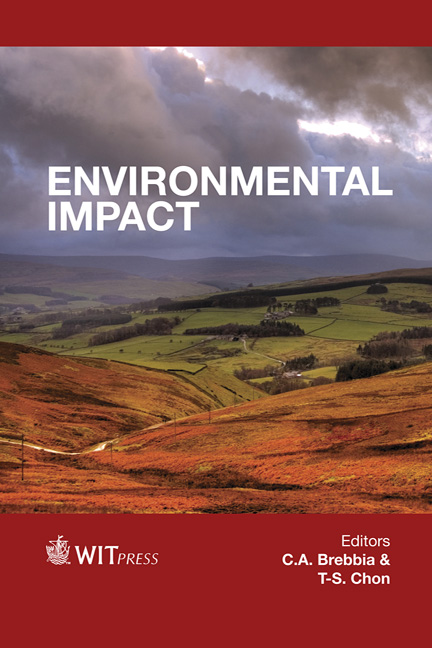Organic And Conventional Date Farm Efficiency Estimation, And Its Determents At Riyadh Province, Kingdom Of Saudi Arabia
Price
Free (open access)
Transaction
Volume
162
Pages
12
Page Range
219 - 230
Published
2012
Size
2,492 kb
Paper DOI
10.2495/EID120201
Copyright
WIT Press
Author(s)
S. H. Alkahtani & A. M. Elhendy
Abstract
This paper aims to estimate efficiencies of input use and its determinants using a two step methodology. First, to estimate the efficiency of conventional and organic date farms in Saudi Arabia, with special reference to the Riyadh province. Second, to show the impacts of relative input use, as an indicator of technology level and specialization degree, as efficiency determinants. Riyadh Province has the main date production and date area, it reaches 23% and 25% of total production and area of dates respectively. It is also a province which is characterized by most of the organic date farms in the Kingdom. Technical, cost, and scale efficiencies are estimated using Data Envelopment Analysis (DEA) approach, for 82 conventional and 49 organic date farms. The study results show that 22% of conventional date farm technical efficiency have a range of 50–59%, while 32% of them have a cost efficiency range of 40–49%. Technical and cost efficiency ranges were 50–59% and 20–29% for 29% and 39% of organic date farms respectively. The efficiency measures are regressed, using Tobit Model, on a set of explanatory variables which includes efficiency determinants such as water, labor, per hectares. The significant relationship between farm use of water per hectare, as the most scarce resource, and scale efficiency is negative in the case of conventional and organic date farms, i.e. less water use increases scale efficiency. Date farm area relative to total farm area has a positive impact on date farm efficiency. A negative impact of labor, per hectare, on efficiency reflects the importance of applying modern agriculture which required less labor and more technology. Keywords: productivity, efficiency, data envelopment analysis, Tobit model.
Keywords
productivity, efficiency, data envelopment analysis, Tobit model.





